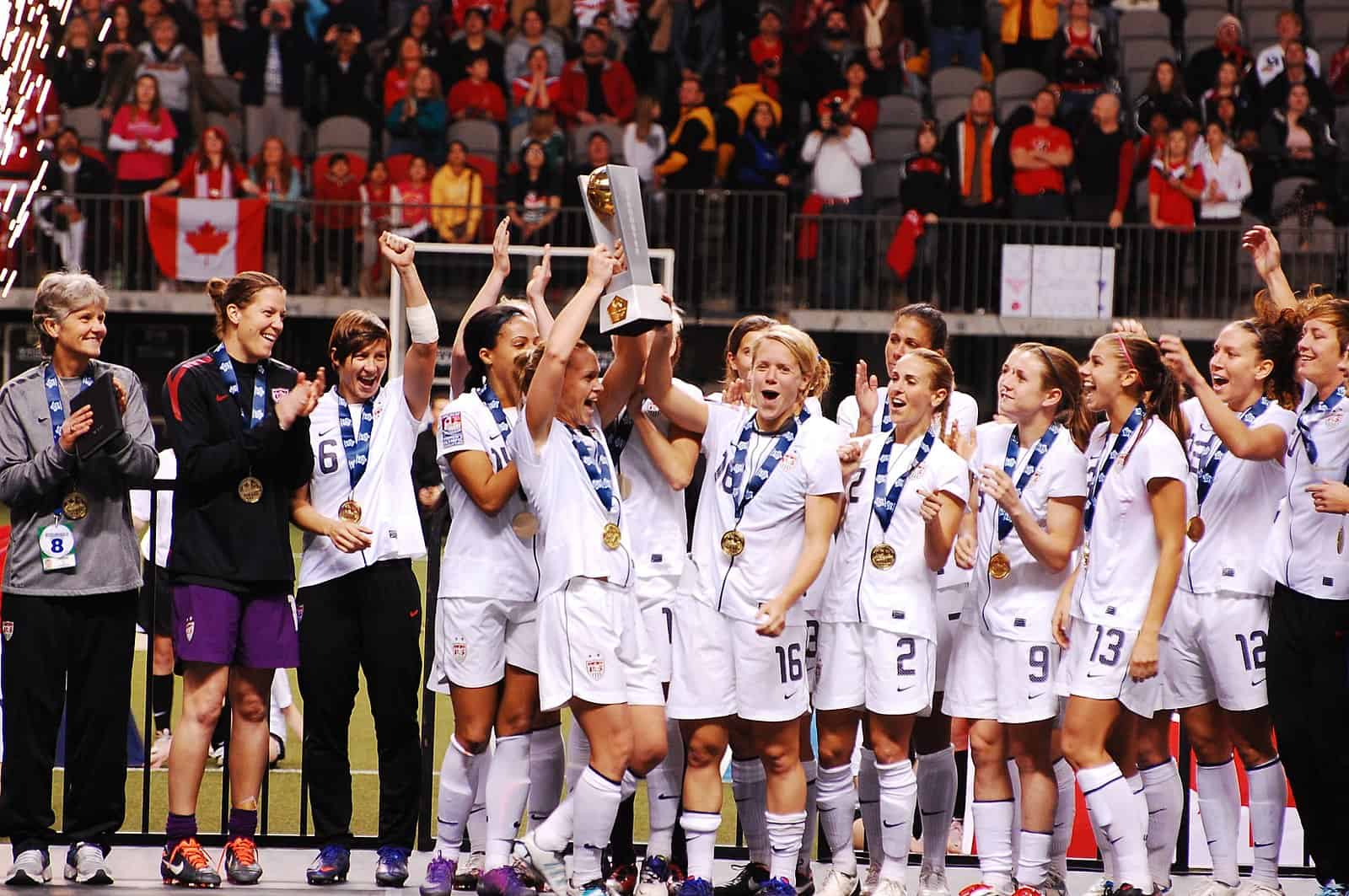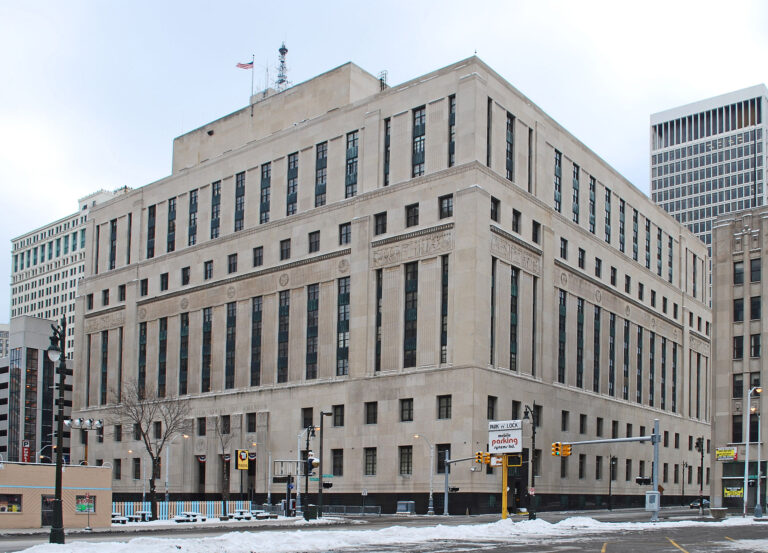
Alex Blutman is a student at Harvard Law School and a member of the Labor and Employment Lab.
The United States Soccer Federation has agreed to new, landmark collective bargaining agreements with the unions representing the men’s and women’s national soccer teams. The CBAs, which will run through the end of 2028, end a contentious period of dispute over remuneration with the women’s team, which had argued in a well-publicized lawsuit that they were deprived of equal pay in comparison to their male peers.
In 2016, a handful of the top women’s team players filed a wage discrimination complaint with the EEOC, launching what would become a factious six-year-long legal fight during which the women fired their union chief and reorganized their players’ association, the team won a World Cup, and then-U.S. Soccer President Carlos Cordeiro resigned after lawyers for the federation argued in a court filing that players on the men’s team were scientifically superior to the women. When their equal pay claim came before Judge R. Gary Klausner, however, the district court granted U.S. Soccer’s motion for summary judgment, finding that the women’s team had actually earned more money than the men’s team during the period in question and that pay disparities owed to different compensation structures as set out in the separately bargained for contracts negotiated by the men’s and women’s team’s unions.
While the players intended to appeal, it was ultimately not necessary—in February of this year, the USWNT reached a $24 million settlement with the federation, recouping more than a third of the $66.7 million the team was seeking in back pay. Importantly, U.S. Soccer also committed to providing an equal rate of pay going forward for the men’s and women’s national teams in friendlies and tournaments, including the World Cup. The distribution of FIFA prize money was long a sticking point in discussions over compensation. The prize pool for the men’s tournament greatly exceeds that for the women ($400 million compared to $60 million in the two upcoming editions of the World Cup, for example), and the federation distributed the shares it received to its two national teams in proportion to those sums.
After the new CBAs ratified today, that is no longer the case. U.S. Soccer will pool the unequal payments it receives from FIFA and split that money equally among members of both teams. Referring to this groundbreaking provision, U.S. Soccer President Cindy Parlow Cone said, “No other country has ever done this.” The agreements also equalize other terms of pay, providing for identical performance-based bonuses for games and competitions and identical commercial and ticket revenue sharing. Players on both teams will receive $18,000 for games won in most matches and as much as $24,000 for wins at certain major tournaments, making U.S. soccer members some of the highest-paid national team players in the world.









Daily News & Commentary
Start your day with our roundup of the latest labor developments. See all
December 11
In today’s News and Commentary, Biden’s NLRB pick heads to Senate vote, DOL settles a farmworker lawsuit, and a federal judge blocks Albertsons-Kroger merger. Democrats have moved to expedite re-confirmation proceedings for NLRB Chair Lauren McFerran, which would grant her another five years on the Board. If the Democrats succeed in finding 50 Senate votes […]
December 10
In today’s News and Commentary, advocacy groups lay out demands for Lori Chavez-DeRemer at DOL, a German union leader calls for ending the country’s debt brake, Teamsters give Amazon a deadline to agree to bargaining dates, and graduates of coding bootcamps face a labor market reshaped by the rise of AI. Worker advocacy groups have […]
December 9
Teamsters file charges against Costco; a sanitation contractor is fined child labor law violations, and workers give VW an ultimatum ahead of the latest negotiation attempts
December 8
Massachusetts rideshare drivers prepare to unionize; Starbucks and Nestlé supply chains use child labor, report says.
December 6
In today’s news and commentary, DOL attempts to abolish subminimum wage for workers with disabilities, AFGE reaches remote work agreement with SSA, and George Washington University resident doctors vote to strike. This week, the Department of Labor proposed a rule to abolish the Fair Labor Standards Act’s Section 14(c) program, which allows employers to pay […]
December 4
South Korea’s largest labor union began a general strike calling for the President’s removal, a Wisconsin judge reinstated bargaining rights for the state’s public sector workers, and the NLRB issued another ruling against Starbucks for anti-union practices.